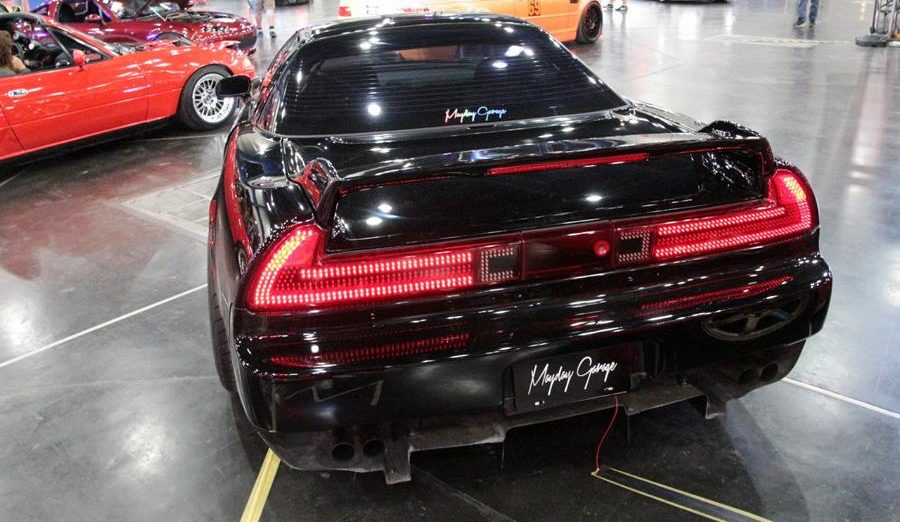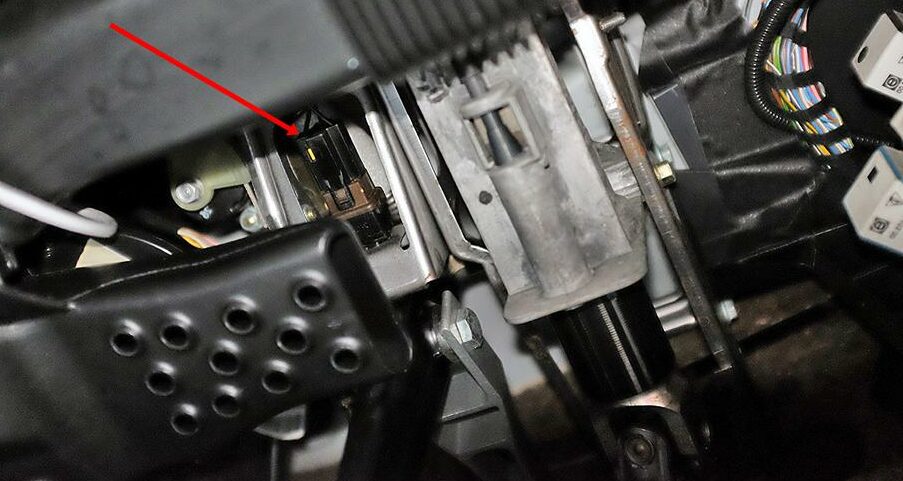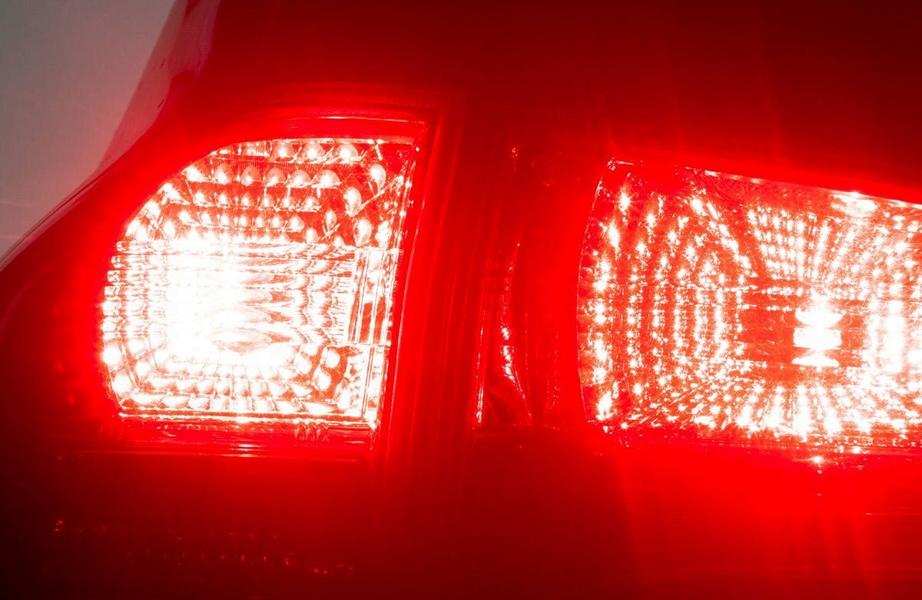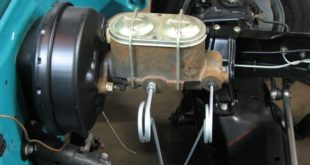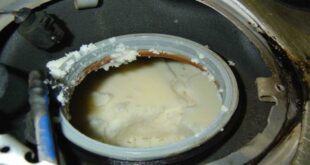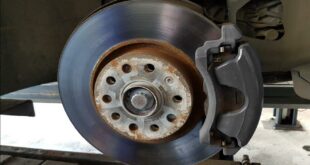Is the brake light switch defective? What are the symptoms, how does the replacement/repair work and what are the costs involved? The most important details at a glance. When the brake pedal is depressed, the brake light switch turns on the brake lights by switching the open circuit closes. This lights up the brake lights. Since a defect up to total failure of the brake lights, it is essential to visit a workshop as soon as you suspect something. Otherwise, failure of the brake light endangers your own safety and, in particular, that of the road users behind you.
Defect - Signs/Symptoms
The cause of a defective brake light switch is usually age-related wear and tear inside the switch. Therefore, vehicles with a high mileage are particularly often affected. But what exactly are the symptoms if the brake light switch is defective?
- The brake lights do not illuminate when the brake pedal is depressed.
- The brake lights are always on.
- An error message in the error memory, e.g. "Brake light switch: implausible signal".
- Sometimes it also lights up Glow plug warning light lights up or flashes irregularly.
- The cruise control (Cruise Control) it does not work.
- The ESP warning light is active.
How does the brake light switch work?
The brake light switch is located in most vehicles behind the brake pedal. When the driver presses the brake pedal, the switch turns on power to the brake lights. So it no longer interrupts the circuit. As soon as the driver's foot is removed from the brake pedal, the power is switched off again so that the brake lights are no longer active. If the vehicle is equipped with cruise control (cruise control), the brake light switch will also disable cruise control when the brake pedal is depressed. Depending on the vehicle design, the brake light switch can also ibe housed in the ABS module and recognize the exact position of the brake pedal and pass it on to the control unit.
Mix-ups & main inspection
If the brake light switch is defective, the general inspection not be carried out successfully. During the main inspection, the inspector checks not only all the other lights on the vehicle but also whether the brake lights are working properly. And what can happen with a defective brake light switch mistaken will? If "only" the brake lights do not light up, there are also other possible causes. This can be, for example, a defective fuse, a broken cable or a defective light bulb/LED. The function of the switch should therefore first be tested in the workshop with a Diagnostic tester to be checked.
Brake light switch repair or replacement
If it turns out that a defective brake light switch is the cause of the problem, it must be replaced with a new part. Repair is not an option. Even used parts are not recommended, since the costs for a new part are manageable and age and wear and tear are not noticeable. Most brake light switches are attached directly to the brake pedal. In order to replace them, it is often sufficient to remove the cover part in the foot area. However, if the brake light switch is mounted in the engine compartment, the battery and the air filter housing usually have to be removed first. As soon as the old brake light switch is found, it can be removed with a new one be replaced.
What are the costs for the exchange?
The material costs for a new brake light switch are between 10 and 150 €. The cost of the replacement part depends primarily on the exact model of the vehicle and the manufacturer of the replacement part. The best-known manufacturers of spare parts are Hella, Bosch, Febi Bilstein and Metzger. The exchange usually lasts between half an hour and an hour. At an hourly rate of 100 euros, the labor costs are between 50 and 100 euros. This usually results in a total cost of approx 60 to 250 Euro.
Of course, that wasn't the end of it!
In this tuning blog category there are countless guides and instructions for common defects / repairs on the vehicle. Our articles explain in a simple way common defects and the corresponding repairs, as well as explaining how the first signs of a defect become noticeable. As a rule, we also have initial clues to the repair instructions in our repair instructions approximate The costs of the pending repair are listed. The goal of our subcategory “Auto Repair Guide“ is to create a head start in knowledge for the next visit to the workshop with initial tips. This may save you from tedious troubleshooting and small things may even be done on your own based on our explanation. In addition, there are many other articles on the subject of car repairs in stock. Do you want to see them all? HERE are they. And the following is a small excerpt of the last posts on the subject Repair on the vehicle:
|
Brake booster (BKV) defective: this must be taken into account now! |
Frozen diesel filter? The information simply and briefly explained! |
Brake caliper / caliper stuck? It is important to note that! |
The following note is essential: For safety reasons, tuningblog recommends all repair, inspection and maintenance work exclusively to be carried out in a specialist workshop! Although our information is summarized to the best of our knowledge and belief, we cannot assume any liability for the content. All information is therefore "without guarantee".
"tuningblog.eu" - we keep you up to date on the subject of autotuning and car styling with our tuning magazine and present you with the latest tuned vehicles from all over the world every day. It's best to subscribe to ours Feed and will automatically be informed as soon as there is something new about this post, and of course also to all other contributions.
 tuningblog.eu Your magazine about tuning the car
tuningblog.eu Your magazine about tuning the car
